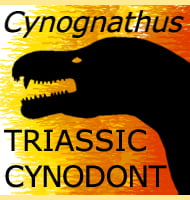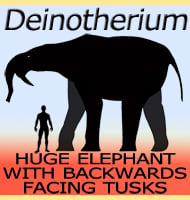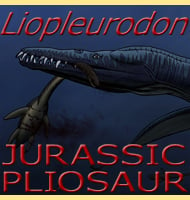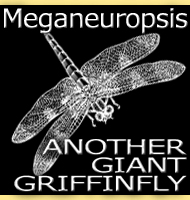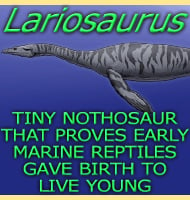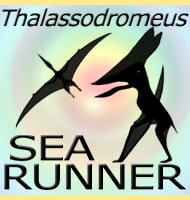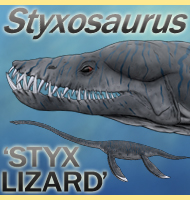In Depth
Chilantaisaurus has had a jumbled taxominc history since its initial discovery mainly due to the inclusion of fragmentary remains that were later found to represent other, although similar dinosaurs. One example is Chilantaisaurus maortuensis which has been found to represent a carcharodontosaurid theropod and has since been renamed Shaochilong. Another current species of Chilantaisaurus, C. sibiricus, is considered dubious because it is based upon a single fourth metatarsal (foot bone). If C. sibricus does indeed represent a Chilantaisaurus, then the temporal range of the genus would extend down to the Berriasian to Hauterivian stages of the early Cretaceous.
The type species of C. tashuikouensis has also been interpreted in a few different ways. First described as an allosaurid, the heavy claws on its hands were later thought to have made it related or an ancestor to the spinosaurid dinosaurs like Baryonyx and Suchomimus. However new dinosaur discoveries have cast doubt upon the trait of large fore claws being exclusive to the spinosaurids. Chilantaisaurus has also been associated with the coelurosaurian dinosaurs that would evolve into the larger theropods towards the end of the cretaceous such as Alioramus and Tyrannosaurus. A 2009 study of Chilantaisaurus remains resulted in the renaming of some of them into the Shaochilong genus which is part of the carcharodontosaurid group of dinosaurs. Some palaeontologists were not convinced about the splitting of new material into a new genus, but did suggest that if the Shaochilong material was of a carharodontosaurid, then Chilantaisaurus was probably a carcharodontosaurid too. However this similarity was explained by the team who named Shaochilong who also found that Chilantaisaurus was actually a member of the Neovenatoridae, a group that includes others such as Neovenator. Not only are Neovantaorid dinosaurs are related to the carcharodontosauird dinosaurs, but both of these groups are also thought to have a shared lineage back to the allosaurid dinosaurs of the Jurassic. This also partly confirms the original description by Hu which declared Chilantaisaurus an allosaurid.
Further Reading
Further reading- [Carnosaurian remains from Alashan, Inner Mongolia]. Vertebrata PalAsiatica 8(1):42-63. – S. -Y. Hu – 1964.

